In our final blog we look at piggy health! There are simple checks that you should do at home to make sure your pigs are in tip top health.
If you check your guinea pigs regularly, you’ll soon notice any changes in behaviour or appearance when they aren’t feeling well. Keep in mind that piggies are prey animals and do tend to try and hide illness so signs of ill health can be subtle.
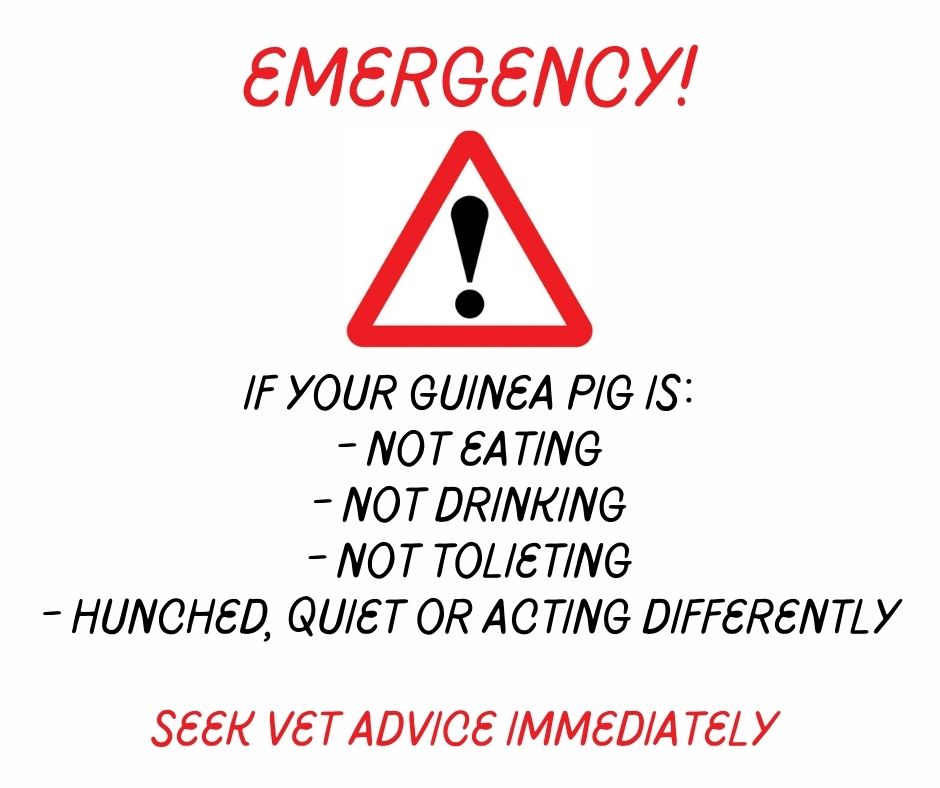
Daily check
I do a visual check of my guinea pigs twice daily when I’m feeding them just to make sure everyone is okay. I check that they are moving well, eating and drinking as normal and that there aren’t any usual droppings. If your guinea pig is not eating or you notice excessive drinking or your piggy is hunched or quiet or just generally acting differently, you should contact your vet immediately. Don’t wait until the next day as guinea pigs can die of something called gut stasis within hours. This is when the digestive system slows down or stops completely and if untreated is fatal. It can be caused by stress, injury, underlying health issues, poor diet, blockages, poisonings and so on. Guinea pigs, can’t vomit so whatever they eat they are stuck with!
Monthly check
I do a more thorough check every month – I like to claw clip and check weight at the same time. Here’s a list of things to check. Please note, the list isn’t exhaustive (and I’m not a vet!) and if you are worried you should always speak to your vet:
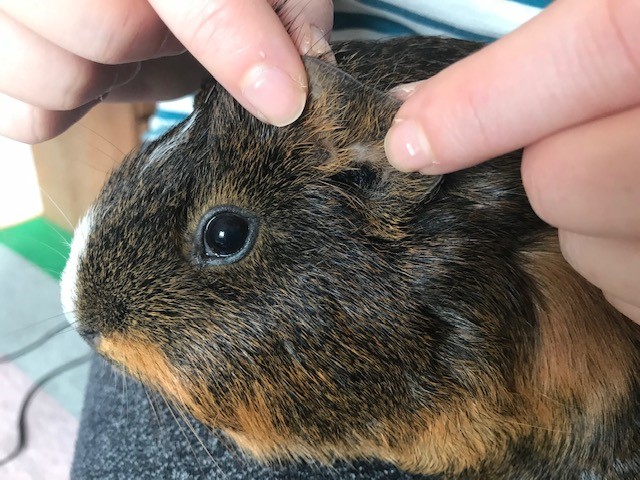



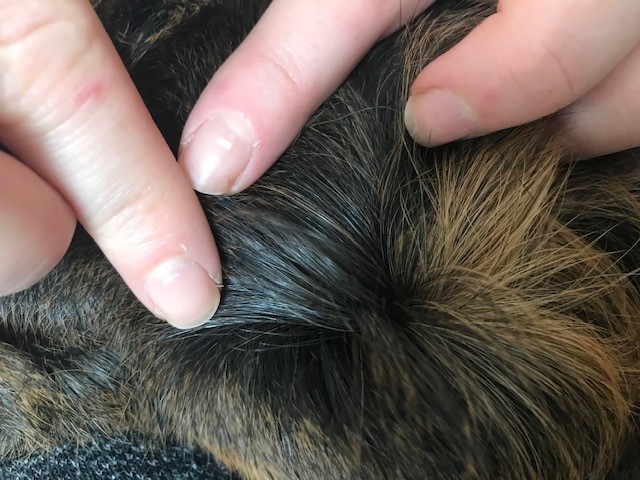

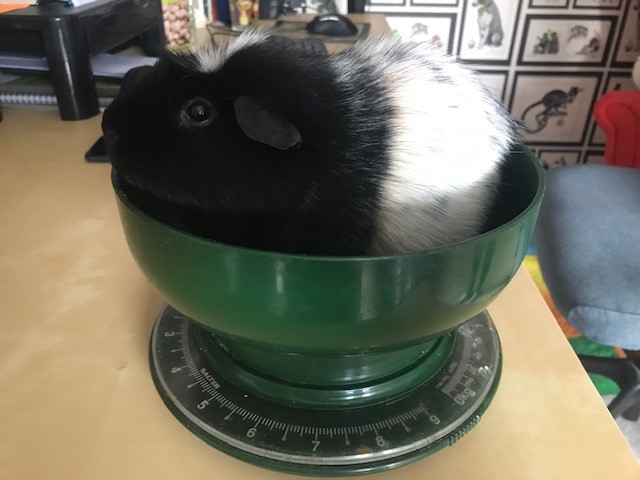
It’s all in the droppings….
It’s true! You can tell a lot about the health of your guinea pig by the droppings they produce. Normal droppings are all small banana or sausage shapes, roughly 1-2cm in length (depending on age of pig), dark in appearance and slightly moist.

On the right in the image above you can see abnormal droppings. They are smaller, randomly sized and discoloured. These droppings were produced by a guinea pig in gut stasis. If your guinea pig’s droppings are diarrhoea-like please contact your vet ASAP.
When sweeping your guinea pig’s housing or emptying litter trays you should check that droppings look normal. If they are squashy or misshapen this can also be a sign of ill health. It could also be a sign that they aren’t eating enough hay! Either way, keep an eye on them and get the opinion of a vet.
You may see your guinea pig eating droppings directly from their rear-end, which is completely normal if a little strange to us humans!
Common guinea pig ailments:
- Mites
- Eye injury (normally a strand of hay stuck)
- Ovarian cysts – most females have tiny cysts that aren’t problematic but they can grow and cause problems. Neutering or hormone injections, implant may be recommended by your vet.
- Dental issues – often caused by a poor diet that lacks hay, but can be due to injury or genetics
- Gut Stasis
- Ringworm – fungal infection (not actually a worm!)
- Bumblefoot – swollen feet often caused by poor living conditions
- Respiratory infection
- Impaction – often seen in older, unneutered males where weak muscles struggle to expel droppings
More serious conditions I’ve seen over the years with my piggies:
- Swelling of salivary duct – bit of a weird one! Presented as a big squashy lump under the chin.
- Nose bleed – another random and scary one, never happened again but needed a vet check!
- Rhinitis – inflammation of the inside of the nose, presented as sneezing and wet nose and led to medication and years of popping piggy in a nebuliser to open up the airways.
- Heart murmur
- Ingrowing eyelash – one of our babies was born like this and need a bit of ‘piggy plastic surgery’ at the vet to fix!
- Heart disease – a recent one with Acorn. The only sign was a slight increase in drinking and moving a little slower. Turns out she was very poorly and her lungs had filled with fluid. Her heart was also massively enlarged! She’s now on three meds twice a day and doing really well. A good example of how well they can hide ill health!
- Cancers including leukaemia – a sad one but I’ve lost three piggies to cancer now ranging in ages 3-6. One case was an obvious lump, the other two suffered weight loss and excessive drinking. No cure sadly, but important to diagnose with your vet.
Choosing the right vet
When choosing a vet for your guinea pig look for a ‘guinea pig savvy’ or Specialist Exotic vet.
· ‘Guinea pig savvy’ – regular vet with an interest and lots of experience dealing with guinea pigs.
· Specialist Exotic vet— vet with an additional qualification in exotic medicine giving them a much more detailed knowledge of small animal care.
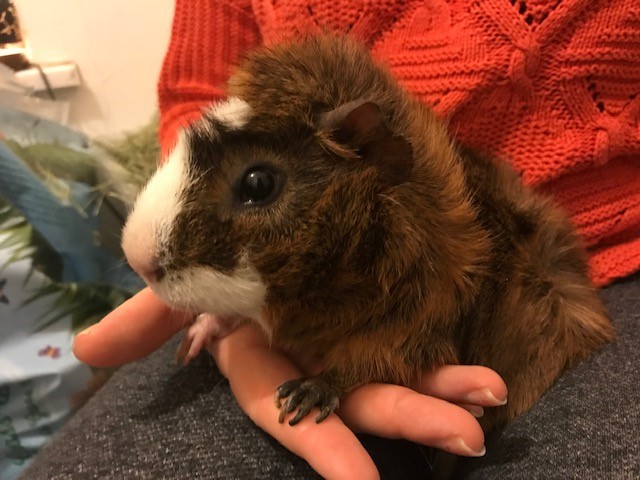
As a final sign off you may have noticed I’ve not mentioned the term ‘scatter monkey’s’. This is my own inventive word that many guinea pig owners will have experienced. It’s when you have been sat quietly with your pigs and suddenly dare to move a muscle and all hell breaks loose. The piggies scatter in all directions heading for the nearest hidey hut and you hang your head in shame. However, it only takes a bag of kale and the little monkey’s re-emerge happy again…!
Thank you for reading along, I hope you have enjoyed entering my world and maybe you’ve picked up a few points along the way.
Hannah x
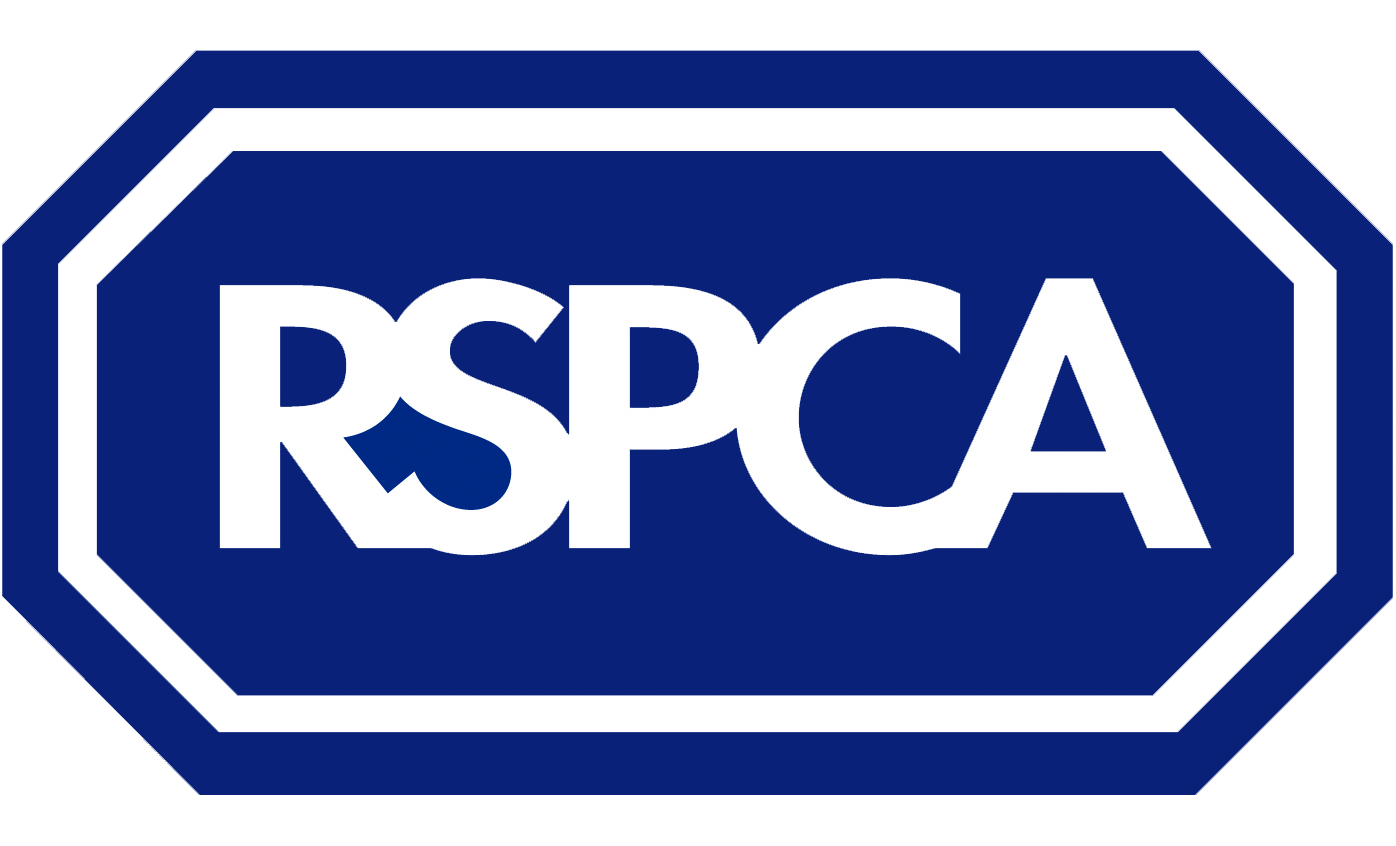



Comments are closed